Introduction to Folding Partition Walls
In an era where efficient space utilization is key to both residential and commercial design, Folding Partition Walls have emerged as a leading solution. These versatile installations offer flexibility, aesthetic appeal, and practical functionality, allowing for effortless transitions between open and closed spaces. This article delves into the nuances of folding partition walls, exploring their benefits, selection criteria, installation guidelines, and future trends that promise to enhance their utility further.
What is a Folding Partition Wall?
A folding partition wall is a movable wall system designed to effectively divide a larger space into smaller, functional areas. Unlike traditional walls, folding partitions offer the ability to telescope and stack when not in use, thereby optimizing the available square footage. Composed of various materials—such as wood, glass, or fabric—their design allows them to blend seamlessly with any interior decor.
Types of Folding Partition Walls Available
Folding partition walls come in several configurations, each suited to different applications and needs:
- Acoustic Folding Partitions: These are designed to reduce sound transmission between spaces, making them ideal for meeting rooms and conference areas.
- Transparent Folding Walls: Often made of glass, these partitions allow natural light to flow while providing visibility across spaces, ideal for offices or modern homes.
- Solid Folding Walls: Constructed from solid materials, they offer privacy and noise control and are commonly used in commercial settings like restaurants and hotels.
- Outdoor Folding Walls: Resistant to weather conditions, these partitions can create flexible outdoor spaces for patios or gardens.
Common Uses in Residential and Commercial Spaces
Folding partition walls have a broad range of applications across both residential and commercial environments:
- Residential Uses: They can create private home offices, children’s play areas, or guest bedrooms by dividing larger living spaces.
- Commercial Uses: In offices, they serve to create meeting rooms or collaborative workspaces. In hospitality, folding walls facilitate dynamic event spaces.
- Educational Facilities: Schools utilize these partitions to create flexible classroom environments that can be adapted based on different teaching methods or class sizes.
Benefits of Installing Folding Partition Walls
Space Optimization for Versatile Layouts
One of the standout benefits of folding partition walls is their ability to transform a space dynamically. When an event requires a larger area, the partitions can be folded away, providing an expansive open space. Conversely, for smaller meetings or gatherings, the partitions can be deployed to create intimate settings. This adaptability is invaluable in efficiently using limited square footage, especially in urban environments where optimizing space is paramount.
Enhanced Acoustics and Privacy Features
Folding partitions can significantly improve acoustic performance in environments where sound management is crucial. With options like acoustic material and construction, these walls can dampen noise levels, making them perfect for conference rooms, healthcare facilities, and educational institutions where focus is essential. Additionally, the ability to create private spaces enhances user experience and satisfaction within any area.
Cost-Effectiveness and Installation Ease
While building permanent walls can be a costly and time-consuming endeavor, folding partition walls represent a cost-effective alternative. Their installation generally requires less time and labor, and many systems allow for DIY assembly. Moreover, the flexibility they offer can lead to long-term savings by accommodating various needs without the expense of significant renovations.
How to Choose the Right Folding Partition Wall
Assessing Your Space and Usage Requirements
Choosing the right folding partition wall factors into several considerations. First, understand your current and future space requirements. Determine the size of the area you wish to divide and the frequency of use—this consideration will help inform the wall type needed. Think about whether acoustics, visual aesthetics, or durability is paramount to your needs.
Material Considerations and Aesthetic Choices
The material of your folding partition wall plays a critical role in its functionality and appearance. Common materials include:
- Wood: Offers a warm aesthetic but may require more maintenance.
- Steel: Durable and modern, suitable for commercial environments.
- Glass: Promotes light flow and a contemporary feel, though care must be taken to optimize privacy.
Moreover, consider the color and finish in relation to your existing decor to ensure a cohesive look.
Budgeting for Your Folding Partition Wall Project
Budgeting is an essential part of selecting a folding partition wall. Analyze the total cost, including materials, installation, and potential maintenance. Furthermore, taking into account how the addition can enhance your property’s value is also critical. The investment often pays dividends through improved functionality and space efficiency.
Installation and Maintenance Tips
Professional Installation vs. DIY Options
When it comes to installation, the choice between handling it yourself or hiring professionals depends on several factors, including your skills, tools available, and the complexity of the installation. Many folding partition systems are designed for easy assembly, often featuring modular components. However, if the installation requires significant structural alterations, enlisting a professional may be the wise choice.
Regular Maintenance Practices for Longevity
To ensure the long-term functionality of your folding partition wall, establish a regular maintenance routine. This may include:
- Periodic cleaning to avoid dust buildup on tracks and mechanisms.
- Inspecting hardware for wear and tear.
- Lubricating moving parts as necessary to prevent operational issues.
Regular maintenance not only guarantees smooth operation but also extends the lifespan of your investment.
Troubleshooting Common Issues
Folding partitions, like all systems, can face challenges. Some common issues include misalignment or difficulty in folding. Here are some general troubleshooting steps:
- Check that tracks are clean and free of obstruction.
- Inspect the hinges and locking mechanisms for proper function.
If problems persist, consult the manufacturer’s guidelines or a professional technician for expert assistance.
Future Trends in Folding Partition Wall Design
Innovations in Material and Design
As technology advances, so too does the potential for innovation in folding partition walls. New materials that enhance durability and aesthetics are emerging, including eco-friendly options and smart glass that can adjust transparency. The design will also continue to evolve, prioritizing seamless installation and enhanced functionality.
Impact of Folding Walls on Workspace Dynamics
As organizations adapt to modern work environments, folding walls increasingly influence workspace dynamics. The ability to create adaptable spaces supports collaborative work, impromptu meetings, and diverse corporate functionalities. This flexibility positively impacts employee satisfaction, productivity, and overall work culture.
Integrating Technology with Folding Partition Walls
The integration of technology into folding partition walls is on the rise. Features such as automated systems and smart home integration are becoming more common, allowing users to operate partition walls with a touch of a button or through voice commands. These modern advancements not only enhance usability but also elevate the design aesthetic of any space.
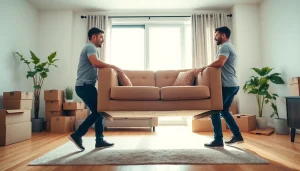




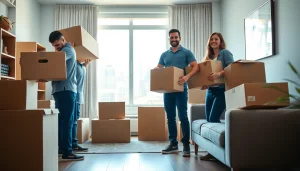


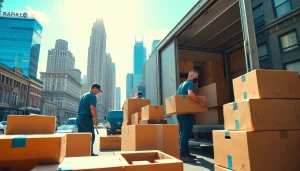

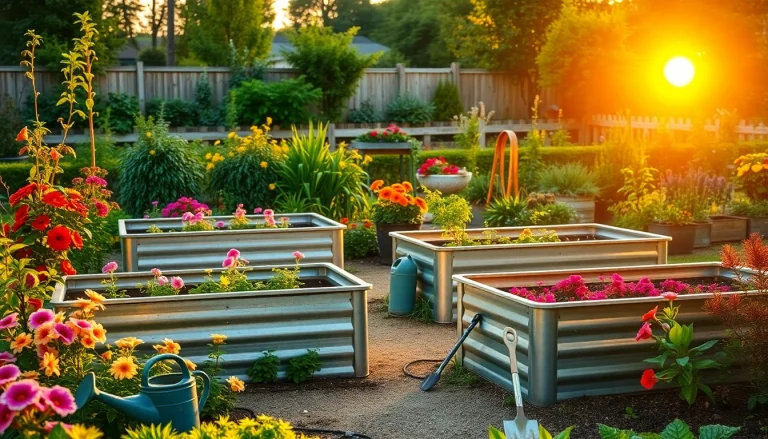
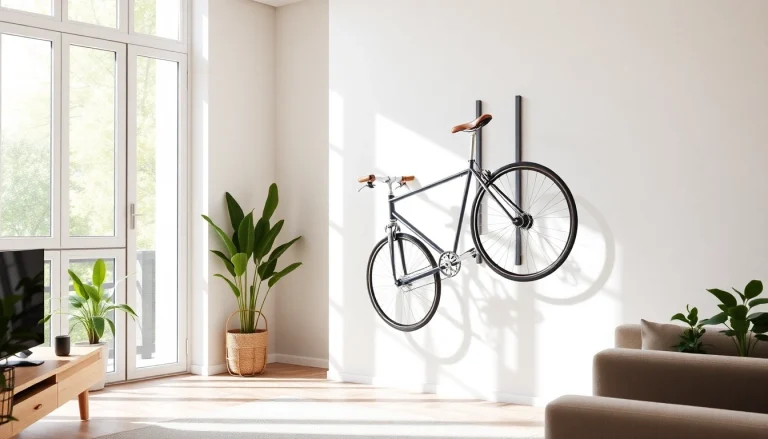
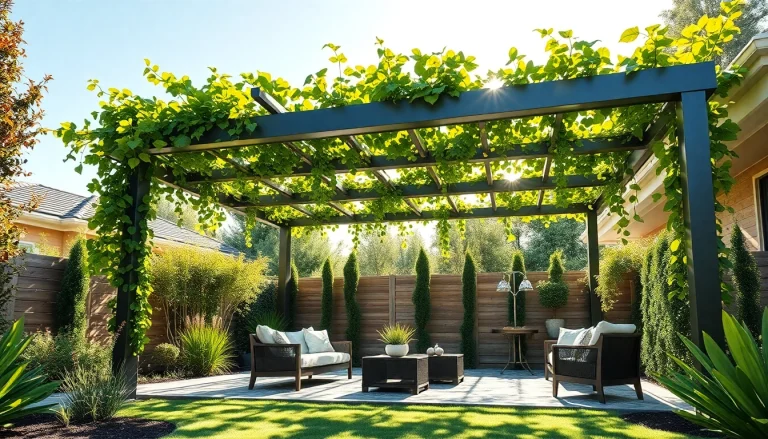
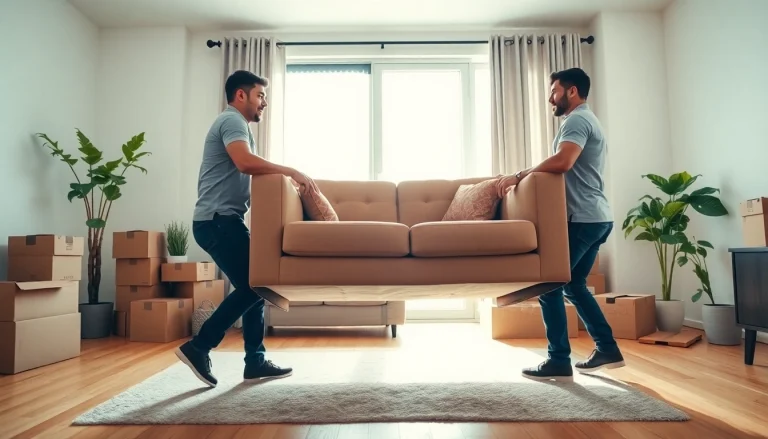



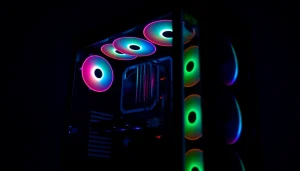


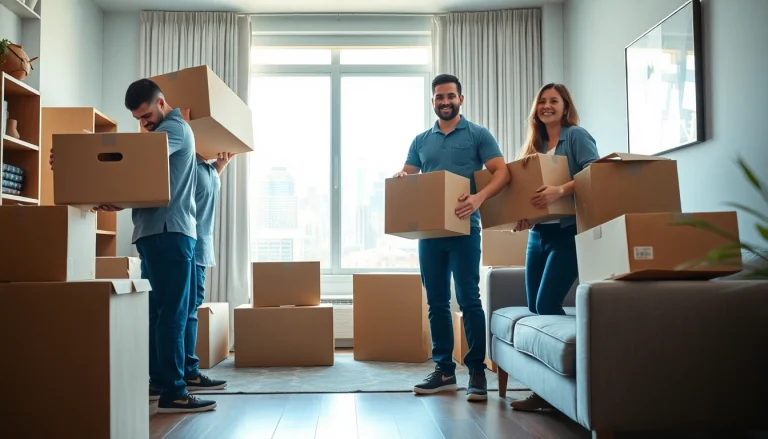
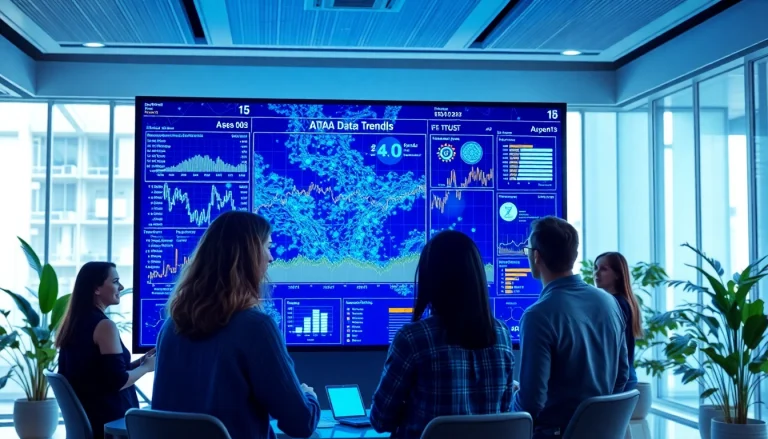
+ There are no comments
Add yours